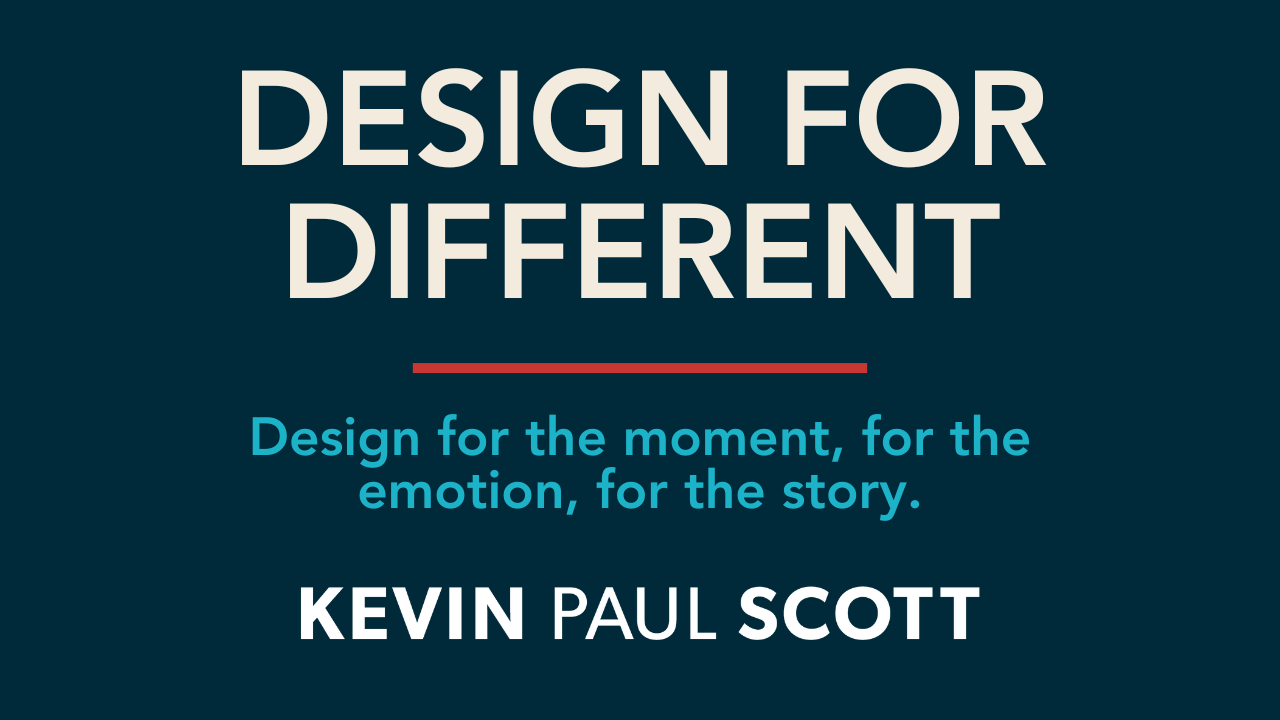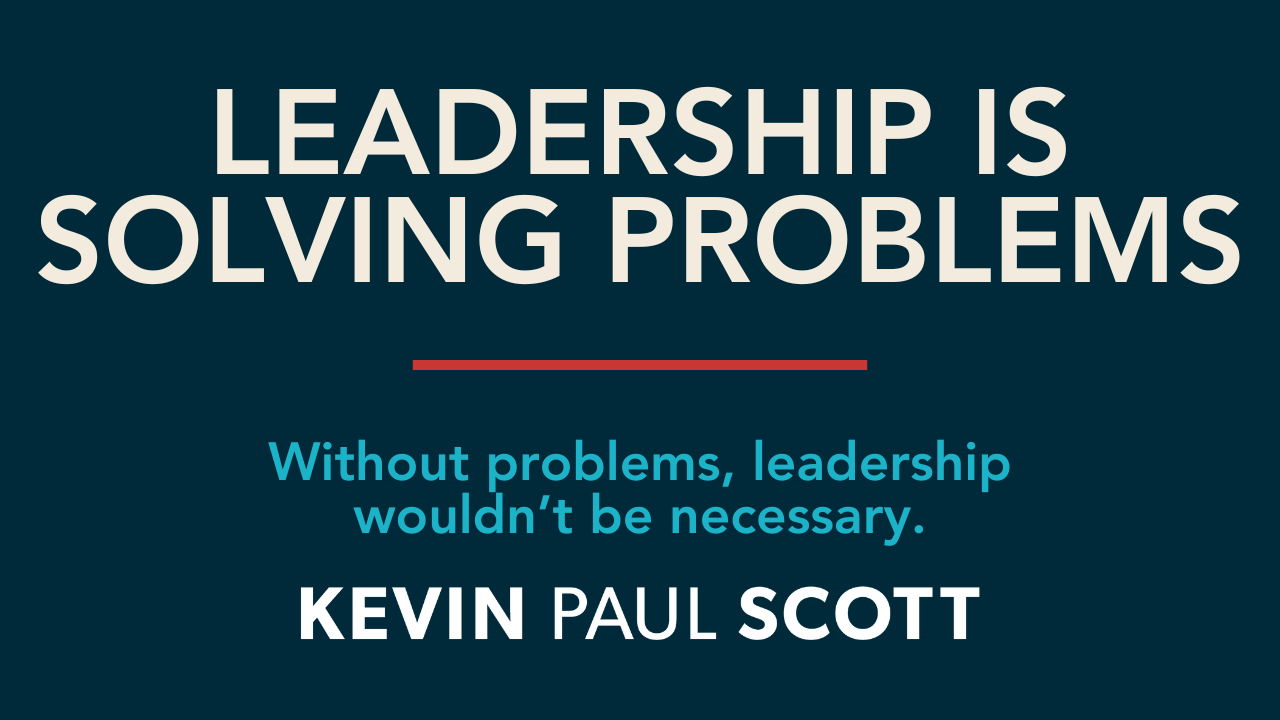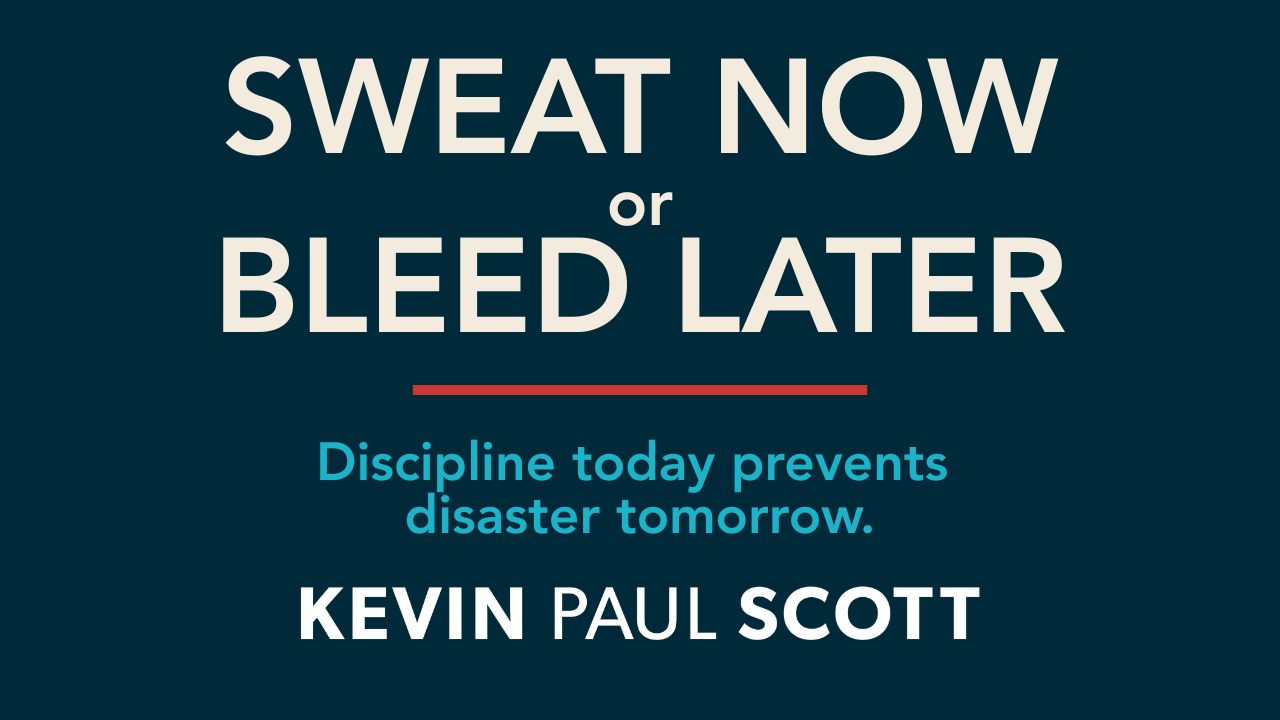Last week, my colleague and friend Aaron Fossas returned from the Welcome Conference, an event hosted by Will Guidara, best known for his work around “Unreasonable Hospitality.” Aaron came back energized, inspired, and maybe just a little louder than usual (in the best way).
And the reason?
A man named Rory Sutherland.
If you haven’t heard of Rory, he’s the Vice Chairman of Ogilvy UK, a behavioral economics wizard, and perhaps one of the most delightfully disruptive thinkers alive. Aaron couldn’t stop talking about him, not because Rory has all the answers, but because he refuses to accept the same questions.
“It is much easier to be fired for being illogical than it is for being unimaginative. The fatal issue is that logic always gets you to exactly the same place as your competitors.”
I loved hearing about someone who understands the need for data but isn’t beholden to it.
In a world that often worships standardization, Sutherland argues for something wildly unfashionable: creativity.
And not the "cool font, slick deck" kind of creativity… the uncomfortable kind.
The risky kind.
The what-if-we-did-it-backwards-and-painted-it-purple kind.
“It doesn’t pay to be logical if everyone else is being logical.”
It’s a reminder that playing it safe really is the most dangerous move of all. Logic isn't bad, but when it's the only lens we use to solve problems, we become boring, predictable, and forgettable.
Consider this: if all your competitors are using the same tools, the same data, and the same processes, then you cannot win by simply being more efficient.
You win by being different.
At the heart of this philosophy is something that aligns perfectly with Will Guidara’s idea of Unreasonable Hospitality.
We should purposefully pursue making people feel something they didn’t expect, can’t explain, and will never forget.
Spreadsheets and surveys tell a story, but at times we need to look past them into the real, raw, human feelings of the people we serve.
When you start thinking this way, the entire playing field changes. You're no longer designing for the "average user". Instead, you’re designing for the moment, for the emotion, for the story.
Rory says: “Don’t design for average.”
The average doesn’t inspire.
The average doesn’t lead.
The average doesn’t make someone say, “You’ve got to hear what just happened to me.”
It’s worth remembering that some of the most remarkable things in the world started as weird ideas, championed by people who cared more about meaning than metrics.
What if we stopped trying to be right, and started trying to be remarkable?


.svg)







